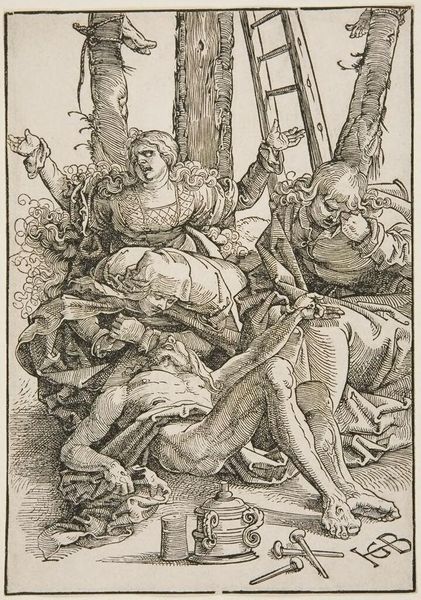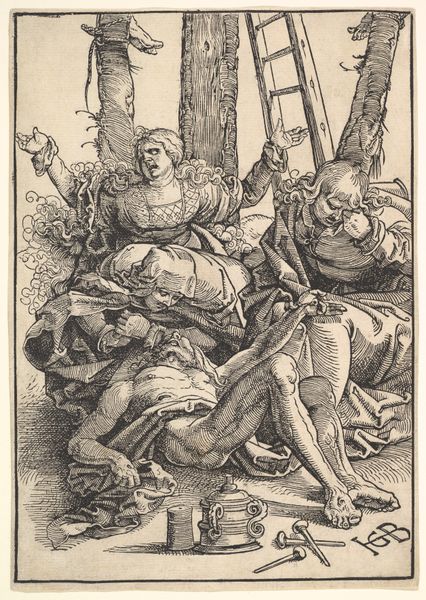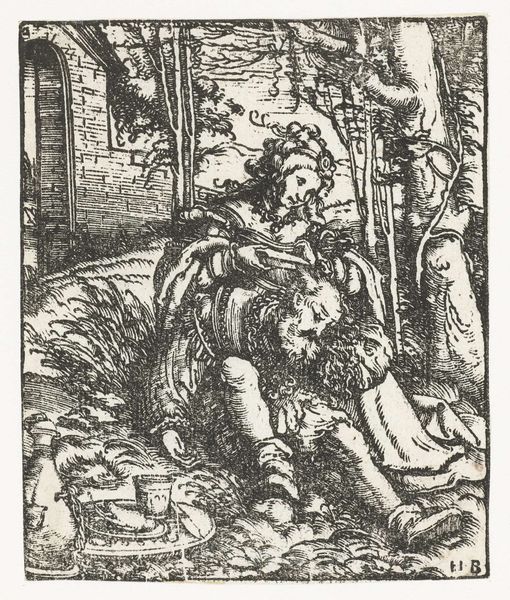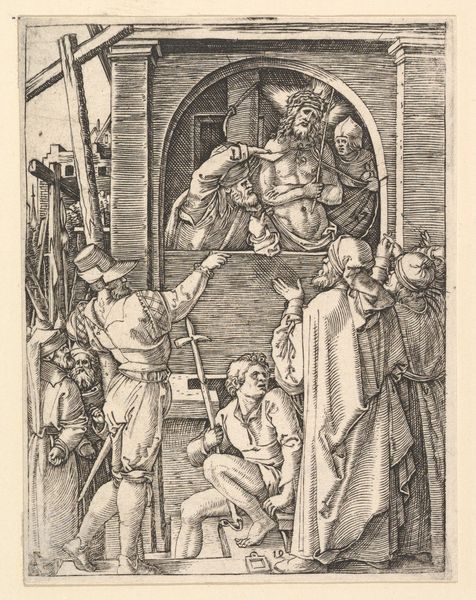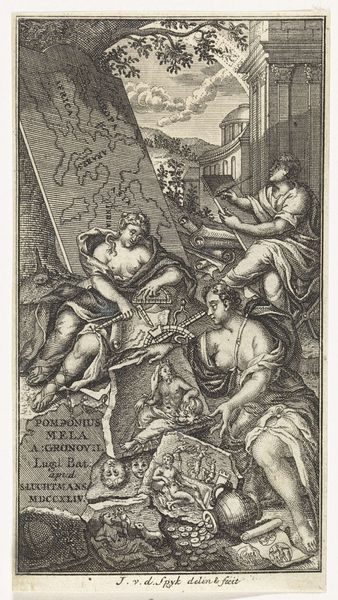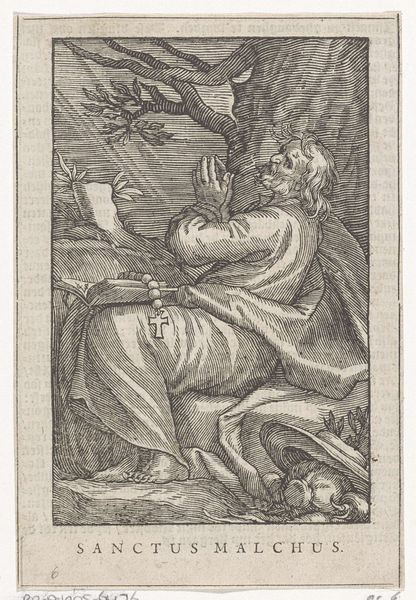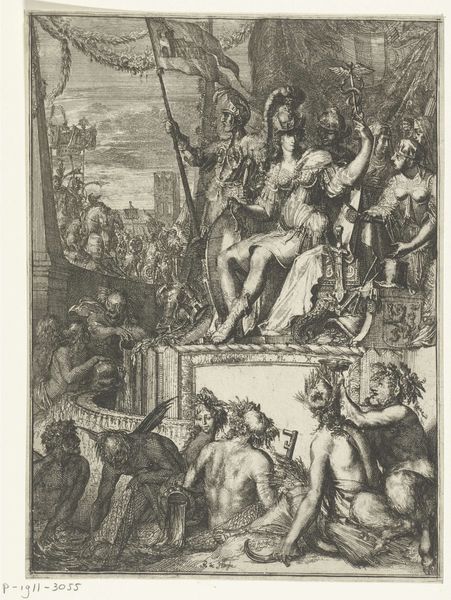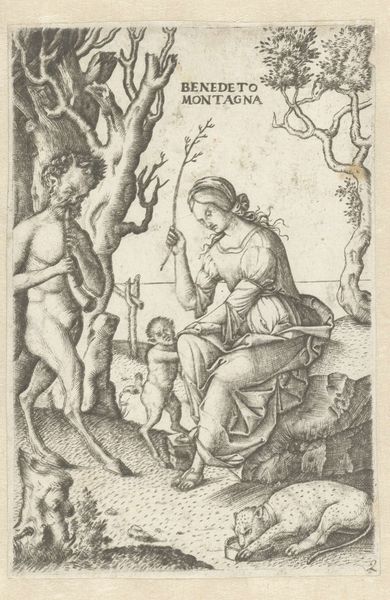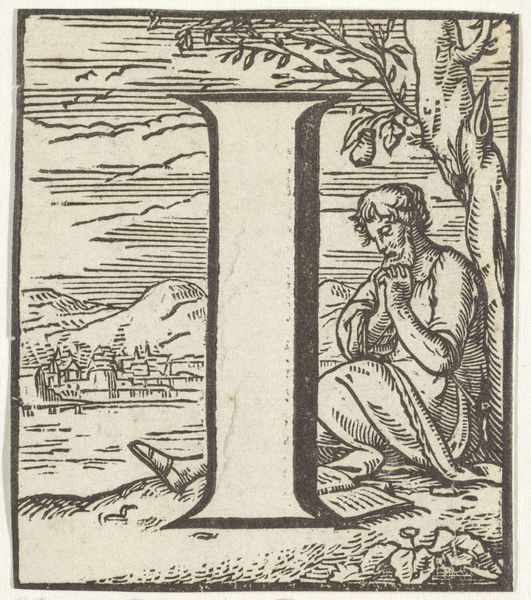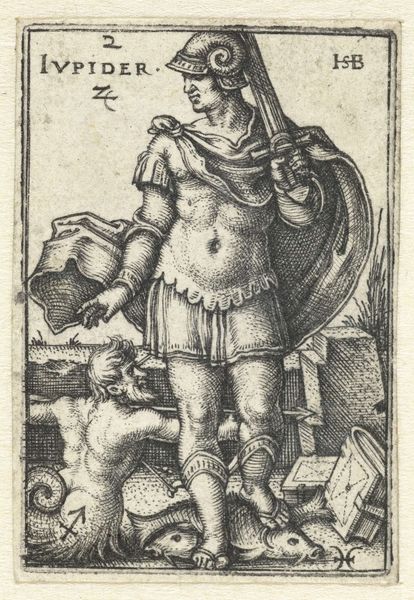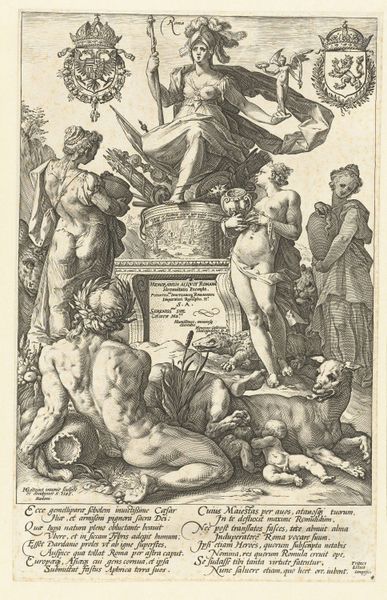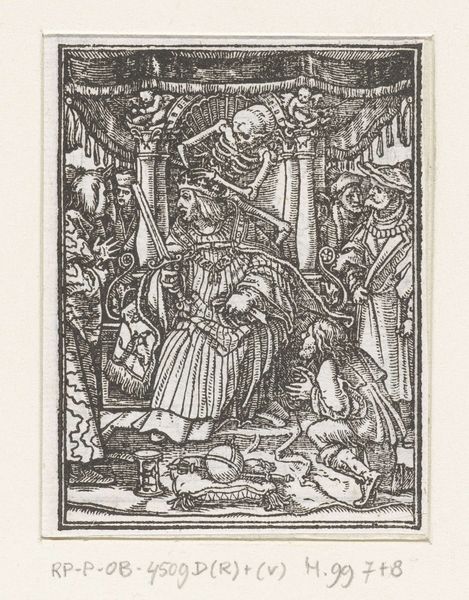
print, woodcut
# print
#
figuration
#
woodcut
#
line
#
history-painting
#
northern-renaissance
Dimensions: height 218 mm, width 153 mm
Copyright: Rijks Museum: Open Domain
Editor: This is "The Lamentation of Christ" by Hans Baldung Grien, made between 1515 and 1517, a woodcut print. It feels incredibly raw and emotional; the grief is palpable. What do you see in this piece? Curator: Immediately, I'm drawn to the symbols of grief Baldung employs. Note the unguent jar, signifying Christ's body prepared for burial. But consider the nails scattered at the base of the cross. They aren't merely objects; they're instruments of profound suffering and injustice, physical embodiments of humanity’s betrayal. How does that affect your reading of the emotional impact? Editor: It adds another layer. The nails feel like a brutal reminder of the act itself, not just the sorrow that follows. It's almost aggressively confronting. Curator: Exactly. And think about how that aligns with the Northern Renaissance's focus on humanism, particularly, confronting the viewer with humanity's capacity for both great faith and great cruelty. The very line work of the woodcut—those harsh, stark lines—serves to amplify that contrast, wouldn’t you agree? Do you pick up on the figures and gestures that communicate meaning here? Editor: The woman with her arms thrown up, her face contorted… It’s a primal scream almost, an image of pure, unadulterated grief. It strikes me that those intense gestures make me feel uncomfortable because I understand the raw, emotional subtext. Curator: Precisely. Baldung's print, in its stark portrayal of anguish and its deliberate deployment of symbolic objects, continues to resonate because of that brutal honesty. Cultural memory carries potent symbols. Editor: Seeing it that way has completely shifted my understanding. I came in thinking just about sadness, but now I see the accusation, the history, the culture, and, most of all, our continuing human struggle with suffering and empathy. Curator: And hopefully, an image like this sparks conversation, connecting to shared experience, memory, and cultural symbols to examine shared identity, or perhaps, common understanding.
Comments
No comments
Be the first to comment and join the conversation on the ultimate creative platform.
